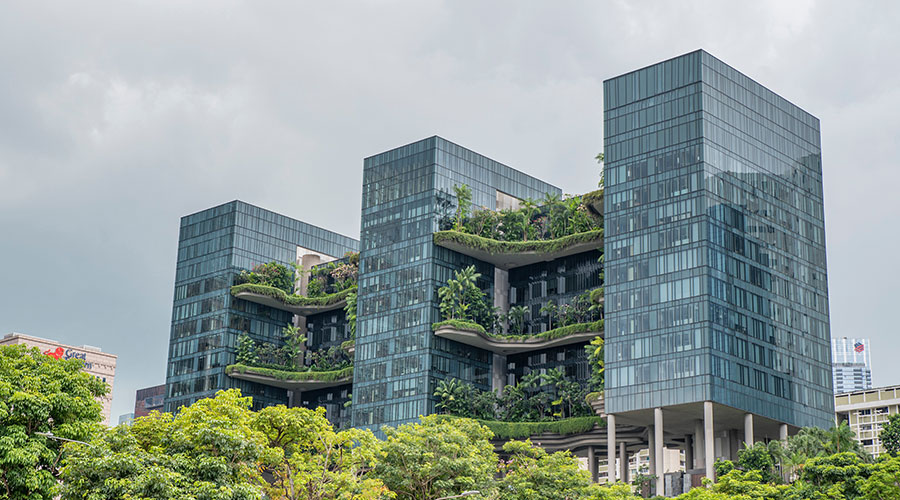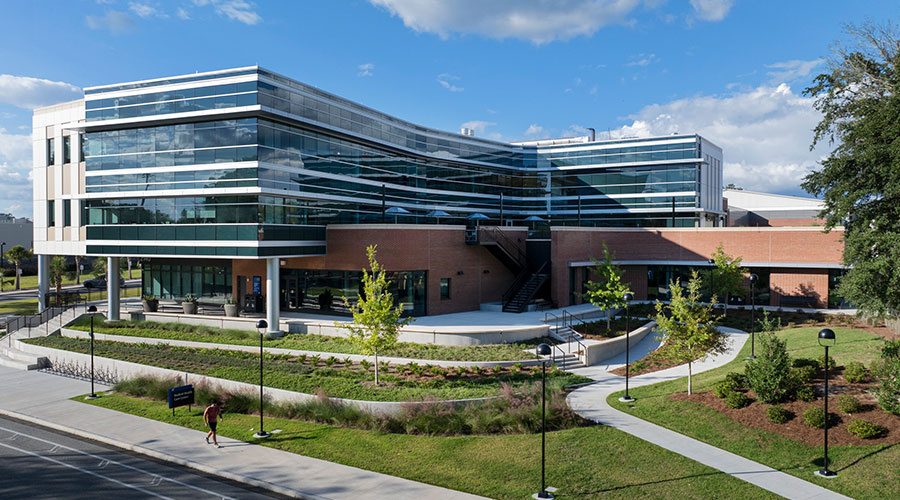Focus On Building Core, Common Areas To Sell Owners On LEED-EBOM In Multi-Tenant Facilities
When starting a LEED-EBOM project in a multi-tenant facility, focusing on the core areas of the building offers opportunities to building owners. First is the obvious monetary benefit to the building owner through things like more efficient lighting in common areas, more water-efficient landscaping and starting the building later and shutting it down earlier, if possible. Second, LEED certification is certainly a nice selling point for a building, especially as sustainability becomes a more regular requirement for companies looking to lease space.
Another benefit is the ability to turn the situation around: If the building is sustainable on its own, then when tenants are looking to do their own LEED projects, the building can help them achieve certification.
"In many instances, we're finding that our buildings provide upwards of three-quarters of the points necessary for a tenant to reach or achieve a base-level LEED certification for their office space," says Jay Black, director of sustainability, SL Green.
Black's team has done base building projects as part of LEED-EBOM initiatives. When SL Green was pursuing Gold certification for one of its buildings in White Plains, N.Y., Heineken USA, one of the building's major tenants, was looking into renovating its space at about the same time.
"Because of our discussions with them about our pursuit of the LEED certification," Black says, "we were able to work with them to help offer information as they were redeveloping their space that also convinced them to say, 'We're going to go after a LEED certification for our own commercial interior office space.'"
As it turns out, Heineken's project ended up qualifying for Gold certification itself, in large part due to the extra points earned from the base building being Gold certified.
Related Topics:
















